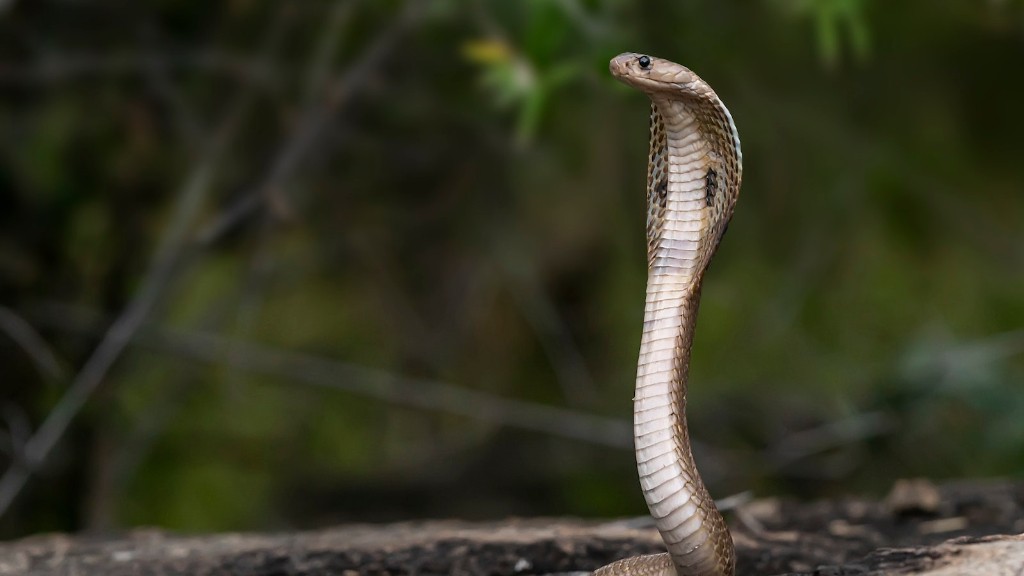Introduction
Cobras are venomous snakes that belong to the Elapidae family. They are widely known for their impressive ability to inject venom into their prey with the help of their unique fangs. These fangs, often referred to as “cobra teeth,” play a crucial role in the snake’s hunting and defense mechanisms. In this article, we will explore the anatomy and function of cobra teeth, shedding light on their remarkable characteristics and the importance of understanding them.
Anatomy of Cobra Teeth
Cobra snakes possess hollow fangs that are designed to inject venom efficiently into their target. Unlike most other snake teeth, cobra fangs are located at the front of their upper jaw and can protrude when the snake opens its mouth. This specialized positioning enables cobras to bite quickly and effectively.
The fangs are elongated and curved, resembling sharp hypodermic needles. They contain a central canal where venom flows. The tips of the fangs are exceptionally sharp and can penetrate deep into the flesh of their prey. Compared to the teeth of non-venomous snakes, cobra fangs are noticeably longer and more robust.
Function of Cobra Teeth
The primary function of cobra teeth is venom delivery. When a cobra strikes its prey, the fangs penetrate the target’s skin, allowing venom to be injected directly into the wound. Cobra venom is a complex mixture of proteins and peptides that immobilizes or incapacitates the prey, making it easier for the snake to capture and consume its meal.
However, it is important to note that cobras do not use their teeth solely for hunting. These highly adaptable snakes also rely on their fangs as a defense mechanism. When threatened or cornered, they can erect their fangs in a menacing display known as “hooding.” This serves as a warning signal, deterring potential predators.
The Venomous Bite
When a cobra bites its prey or defends itself, venom flows from the venom gland through the ducts to the fangs. Some species of cobras have the ability to control the amount of venom released during a bite. This flexibility allows them to adjust their venom output based on their target or the perceived threat level.
The venom injected by a cobra can vary among species. It typically causes severe tissue damage, disrupts blood coagulation, or affects the nervous system. In humans, cobra bites can result in symptoms ranging from localized pain and swelling to more severe systemic effects, including respiratory and cardiovascular complications. Prompt medical attention is crucial in such cases.
Diet and Prey Adaptation
Cobras have a diverse diet that primarily consists of small mammals, birds, and other reptiles. While venom plays a crucial role in the digestion and immobilization of prey, not all cobras depend solely on venom to secure their meals. Some species possess teeth at the back of their jaws, which aid in swallowing and grasping prey items.
The evolution of cobra teeth and venom delivery systems has been shaped by the predator-prey relationship and their ecological niche. Through millions of years of adaptation and natural selection, cobras have developed a unique set of tools to maximize their hunting efficiency.
Research and Conservation Efforts
Scientific researchers study cobra teeth to understand their structure, function, and evolutionary implications. By investigating the composition and properties of venom, they aim to unravel its potential applications in medicine and drug development.
Cobra snakes face numerous threats, including habitat loss, poaching, and illegal wildlife trade. Conservation initiatives aim to protect and raise awareness about these iconic reptiles, ensuring their survival and the preservation of their unique adaptations, such as their teeth and venom-delivery systems.
Conclusion
The remarkable teeth of cobra snakes are wonders of adaptation and efficient hunting mechanisms. Their elongated fangs, positioned at the front of their upper jaw, allow for precise delivery of venom when striking prey or defending themselves. There is still much to uncover about the complex composition and functions of cobra venom, and further research will continue to shed light on its potential applications.



